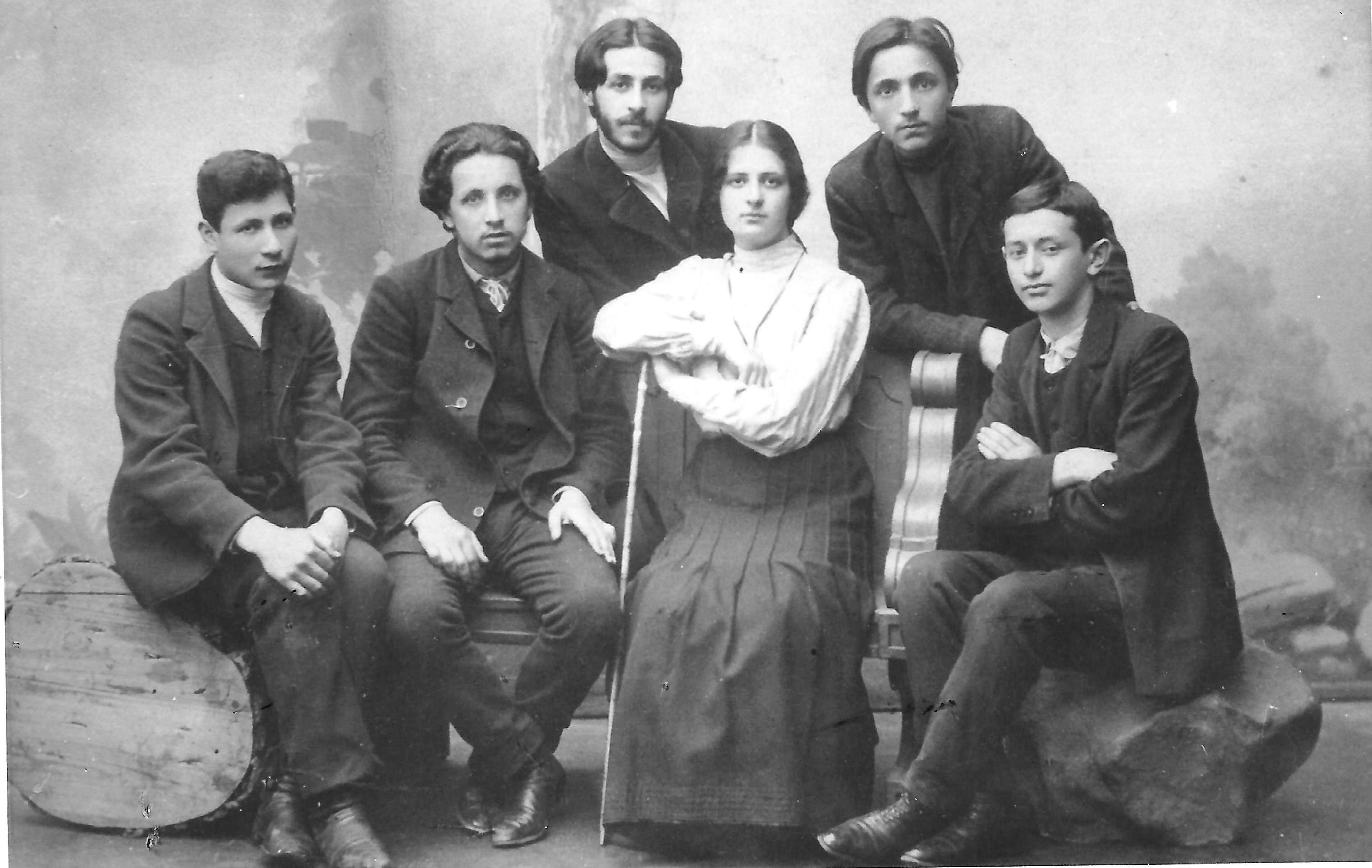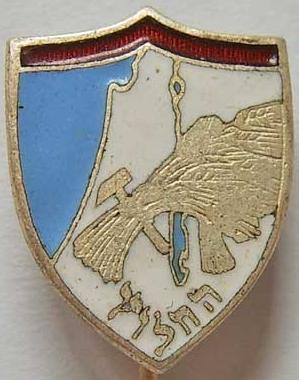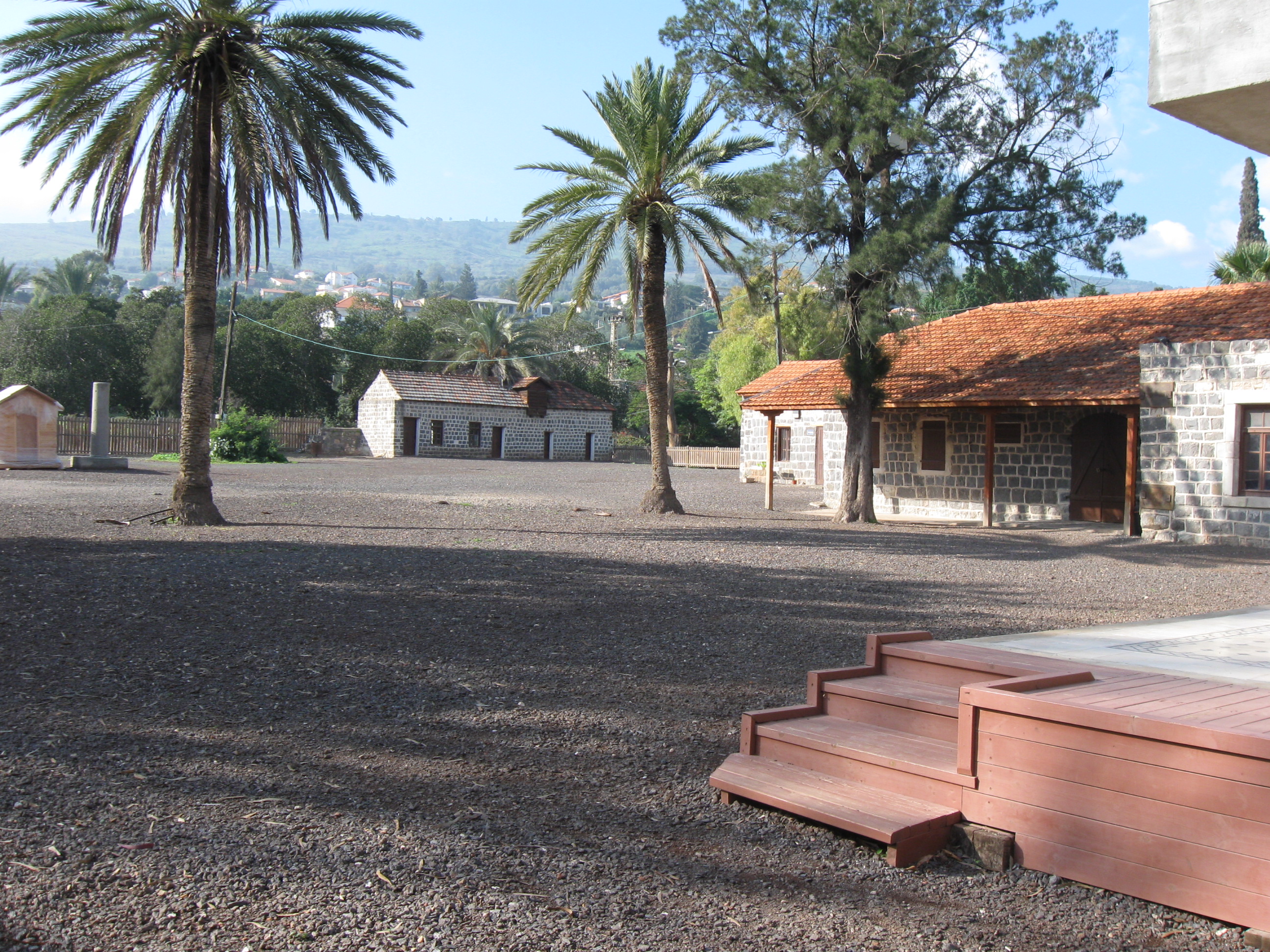|
Yitzhak Tabenkin
Yitzhak Tabenkin ( he, יצחק טבנקין, 8 January 1888 – 6 June 1971) was a Zionist activist and Israeli politician. He was one of the founders of the kibbutz Movement. Biography Yitzchak Tabenkin was born in Babruysk in the Russian Empire (now Belarus) in 1888. He attended a cheder in Warsaw and later continued with a secular education. He was among the founders of Poale Zion in Poland. He cited Karl Marx and Haim Nahman Bialik as influences.Gorenberg (2007), p. 15 In 1912, he immigrated to Ottoman Palestine, where he worked as an agricultural laborer in Merhavia and Kfar Uria. During the First World War, he worked on the Kinneret Farm. He was a delegate to every Zionist Congress after the war. He joined the defense organization HaShomer. He was a member of the "Non-Party" workers group and was active in agricultural laborers organizations in what would later be called the West Bank. In 1921 he joined Joseph Trumpeldor's Work Battalion ( Gdud HaAvoda) and became one ... [...More Info...] [...Related Items...] OR: [Wikipedia] [Google] [Baidu] |
Babruysk
Babruysk, Babrujsk or Bobruisk ( be, Бабруйск , Łacinka: , rus, Бобруйск, Bobrujsk, bɐˈbruɪ̯s̪k, yi, באָברויסק ) is a city in the Mogilev Region of eastern Belarus on the Berezina River. , its population was 209,675. The name Babrujsk (as well as that of the Babruyka River) probably originates from the Belarusian word (; 'beaver'), many of which used to inhabit the Berezina. However, beavers in the area had been almost eliminated by the end of the 19th century due to hunting and pollution. Babrujsk occupies an area of , and comprises over 450 streets whose combined length stretches for over . Babrujsk is located at the intersection of railroads to Asipovichy, Zhlobin, Aktsyabrski and roads to Minsk, Homyel, Mahilyow, Kalinkavichy, Slutsk, and Rahachow. It has the biggest timber mill in Belarus, and is also known for its chemical, machine building and metal-working industries. In 2021, there were 38 public schools in Babrujsk, with over 2 ... [...More Info...] [...Related Items...] OR: [Wikipedia] [Google] [Baidu] |
Aliyah
Aliyah (, ; he, עֲלִיָּה ''ʿălīyyā'', ) is the immigration of Jews from Jewish diaspora, the diaspora to, historically, the geographical Land of Israel, which is in the modern era chiefly represented by the Israel, State of Israel. Traditionally described as "the act of going up" (towards the Jerusalem in Judaism, Jewish holy city of Jerusalem), moving to the Land of Israel or "making aliyah" is one of the most basic tenets of Zionism. The opposite action—emigration by Jews from the Land of Israel—is referred to in the Hebrew language as ''yerida'' (). The Law of Return that was passed by the Knesset, Israeli parliament in 1950 gives all diaspora Jews, as well as their children and grandchildren, the right to relocate to Israel and acquire Israeli citizenship on the basis of connecting to their Jewish identity. For much of Jewish history, their history, most Jews have lived in the diaspora outside of the Land of Israel due to Jewish military history, various hi ... [...More Info...] [...Related Items...] OR: [Wikipedia] [Google] [Baidu] |
Hechalutz
HeHalutz or HeChalutz ( he, הֶחָלוּץ, lit. "The Pioneer") was a Jewish youth movement that trained young people for agricultural settlement in the Land of Israel. It became an umbrella organization of the pioneering Zionist youth movements. History Before WWI (1905-1914) HeHalutz was founded by Eliezer Joffe in America in 1905, and about the same time in Russia. First World War (1914-1918) During World War I, HeHalutz branches opened across Europe (including Russia), America and Canada. Leaders of the organization included Yitzhak Ben-Zvi (later the second president of the State of Israel), and David Ben-Gurion (later the first Prime Minister of Israel) in America, and Joseph Trumpeldor in Russia. Ben-Gurion was living in Jerusalem at the start of the First World War, where he and Ben Zvi recruited forty Jews into a Jewish militia to assist the Ottoman army. Despite this, he was deported to Egypt in March 1915. From there he made his way to the United States, where h ... [...More Info...] [...Related Items...] OR: [Wikipedia] [Google] [Baidu] |
Kibbutz Movement
The Kibbutz Movement ( he, התנועה הקיבוצית, ''HaTnu'a HaKibbutzit'') is the largest settlement movement for kibbutzim in Israel. It was formed in 1999 by a partial merger of the United Kibbutz Movement and Kibbutz Artzi and is made up of approximately 230 kibbutzim. It does not include the Religious Kibbutz Movement with its 16 kibbutzim or the two Poalei Agudat Yisrael-affiliated religious kibbutzim. United Kibbutz Movement The United Kibbutz Movement ( he, התנועה הקבוצית המאוחדת, ''HaTnu'a HaKibbutzit HaMeuhedet''), also known by its Hebrew acronym ''TaKaM'' (), was founded in 1981 and was largely aligned with the Labor Party and its predecessors. It had been formed by a merger itself, when ''HaKibbutz HaMeuhad'' and ''Ihud HaKvutzot VeHaKibbutzim'' came together. Consequently, their respective youth movements merged into the Habonim Dror youth movement. In 1999 a third movement, Artzi, joined the United Kibbutz Movement, although it maintain ... [...More Info...] [...Related Items...] OR: [Wikipedia] [Google] [Baidu] |
Kvutza
Kvutza, kevutza or kevutzah ( "group") is a communal settlement among Jews, primarily in pre-state Israel, the word was used in reference to communal life. First there were ''kvutzot'' (plural of kvutza) in the sense of groups of young people with similar ideals living and working together; and after 1909 and for many years to follow, in the sense of collective settlements created by such groups. The kvutza collective settlement was distinguished from the ''kibbutz'' settlement in that it intended to remain small and mainly agricultural, whereas the larger kibbutzim were intended to expand with agriculture, industry and other productive pursuits. Later, as the distinction disappeared, most kvutzot were renamed kibbutzim. Notable example: Degania Alef Degania Alef ( he, דְּגַנְיָה א', ) is a kibbutz in northern Israel. The Jewish communal settlement (''kvutza'') started off in 1910, making it the earliest socialist Zionist farming commune in the Land of Israel. Its stat ... [...More Info...] [...Related Items...] OR: [Wikipedia] [Google] [Baidu] |
Gdud HaAvoda
Gdud HaAvoda ( he, גדוד העבודה) was a socialist Zionist work group in Mandate Palestine. History Officially known as the Yosef Trumpeldor Labor and Defense Battalion ( he, גדוד העבודה וההגנה על־שם יוסף טרומפלדור), Gdud HaAvoda was established on 8 August 1920 for the purpose of Jewish labor, settlement and defense.Gdud Ha'avodah Zionism and Israel It was named after , who was killed at by [...More Info...] [...Related Items...] OR: [Wikipedia] [Google] [Baidu] |
Joseph Trumpeldor
Joseph Vladimirovich (Volfovich) Trumpeldor (21 November 1880 – 1 March 1920, he, יוֹסֵף טְרוּמְפֶּלְדוֹר , russian: Иосиф Владимирович (Вольфович) Трумпельдор ) was an early Zionist activist who helped to organize the Zion Mule Corps and bring Jewish immigrants to Palestine. Trumpeldor died defending the settlement of Tel Hai in 1920 and subsequently became a Jewish national hero. According to a standard account, his last words were "It's nothing, it is good to die for our country", but that he ever said these words has been challenged. Early life Joseph Trumpeldor was born in Pyatigorsk in the North Caucasus of the Russian Empire. His father, Wulf Trumpeldor, served as a cantonist in the Caucasian War, and as a "useful Jew", was allowed to live outside the Pale of Settlement. Though proudly Jewish, Trumpeldor's upbringing was more Russian than traditionally Jewish. Originally in training as a dentist, Joseph Trumpe ... [...More Info...] [...Related Items...] OR: [Wikipedia] [Google] [Baidu] |
West Bank
The West Bank ( ar, الضفة الغربية, translit=aḍ-Ḍiffah al-Ġarbiyyah; he, הגדה המערבית, translit=HaGadah HaMaʽaravit, also referred to by some Israelis as ) is a landlocked territory near the coast of the Mediterranean Sea, Mediterranean in Western Asia that forms the main bulk of the Palestinian territories. It is bordered by Jordan and the Dead Sea to the east and by Israel (see Green Line (Israel), Green Line) to the south, west, and north. Under Israeli occupation of the West Bank, an Israeli military occupation since 1967, its area is split into 165 Palestinian enclaves, Palestinian "islands" that are under total or partial civil administration by the Palestinian National Authority (PNA), and 230 Israeli settlements into which Israeli law in the West Bank settlements, Israeli law is "pipelined". The West Bank includes East Jerusalem. It initially emerged as a Jordanian-occupied territory after the 1948 Arab–Israeli War, before being Jordani ... [...More Info...] [...Related Items...] OR: [Wikipedia] [Google] [Baidu] |
Zionist Congress
The Zionist Congress was established in 1897 by Theodor Herzl as the supreme organ of the Zionist Organization (ZO) and its legislative authority. In 1960 the names were changed to World Zionist Congress ( he, הקונגרס הציוני העולמי ''HaKongres HaTsioni HaOlami'') and World Zionist Organization (WZO), respectively. The World Zionist Organization elects the officers and decides on the policies of the WZO and the Jewish Agency, including "determining the allocation of funds." The first Zionist Congress was held in Basel, Switzerland in 1897. Any Jew over age 18 who belongs to a Zionist association is eligible to vote, and the number of elected delegates to the Congress is 500. 38% of the delegates are allocated to Israel, 29% to the United States of America, and 33% to the remainder of the countries of the Diaspora. In addition there are about 100 delegates which are appointed by International Organizations (e.g. B'nai B'rith, see below) affiliated with WZO. After ... [...More Info...] [...Related Items...] OR: [Wikipedia] [Google] [Baidu] |
Kinneret Farm
Kinneret Farm ( he, חוות כנרת, ''Havat Kinneret'') or Kinneret Courtyard ( he, חצר כנרת, ''Hatzer Kinneret'') was an experimental training farm established in 1908 in Ottoman Palestine by the Palestine Bureau of the Zionist Organisation (ZO) led by Arthur Ruppin, at the same time as, and next to Moshavat Kinneret, a moshava-type village. The farm stood in close proximity to the shore of the Sea of Galilee. Until the early 1920s the farm was a hothouse and catalyst for social and economical innovation, which helped mold and create several essential institutions and infrastructure elements of the Yishuv, perpetuated in the State of Israel after 1948: communal settlement forms (kvutza, kibbutz, moshav), women's rights movement, cooperative enterprises (for supplies and financial aid, milk collection and dairy production, construction and public works), a workers' savings and support bank, public health care system, a national paramilitary organisation. From 1949 on, ... [...More Info...] [...Related Items...] OR: [Wikipedia] [Google] [Baidu] |
First World War
World War I (28 July 1914 11 November 1918), often abbreviated as WWI, was one of the deadliest global conflicts in history. Belligerents included much of Europe, the Russian Empire, the United States, and the Ottoman Empire, with fighting occurring throughout Europe, the Middle East, Africa, the Pacific, and parts of Asia. An estimated 9 million soldiers were killed in combat, plus another 23 million wounded, while 5 million civilians died as a result of military action, hunger, and disease. Millions more died in genocides within the Ottoman Empire and in the 1918 influenza pandemic, which was exacerbated by the movement of combatants during the war. Prior to 1914, the European great powers were divided between the Triple Entente (comprising France, Russia, and Britain) and the Triple Alliance (containing Germany, Austria-Hungary, and Italy). Tensions in the Balkans came to a head on 28 June 1914, following the assassination of Archduke Franz Ferdina ... [...More Info...] [...Related Items...] OR: [Wikipedia] [Google] [Baidu] |






